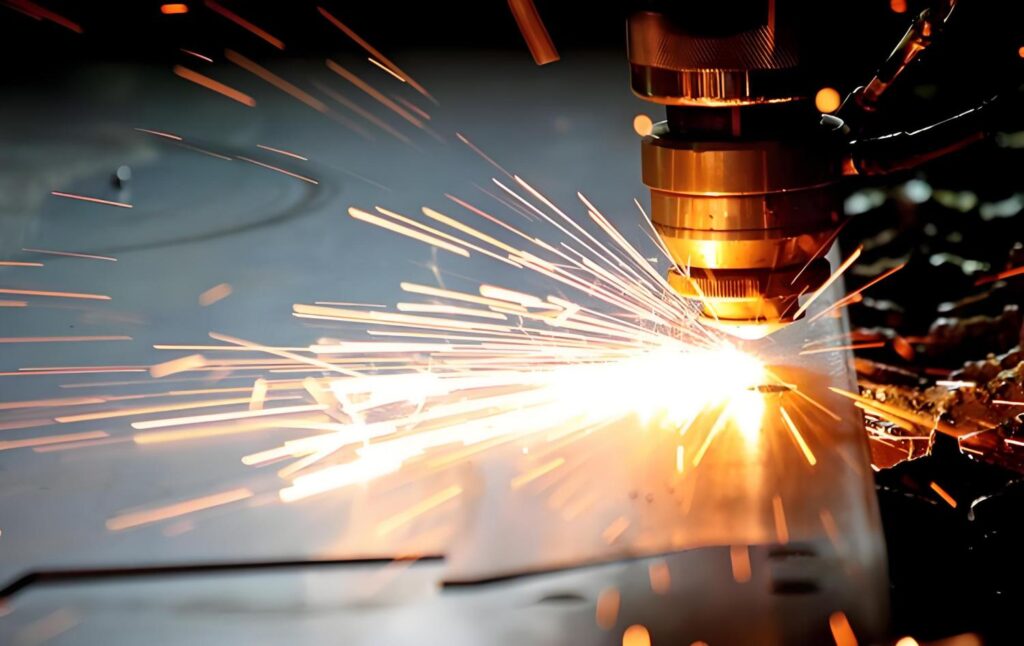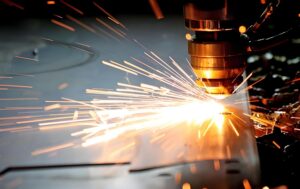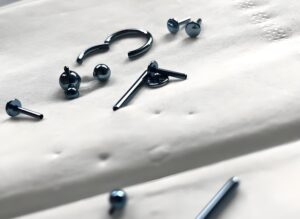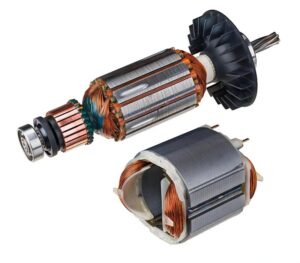Can you weld cast iron? This is a common question among engineers, machinists, and repair professionals worldwide. Cast iron is one of the most durable and widely used metals in machinery, automotive parts, and industrial equipment. It is prized for its high compressive strength, wear resistance, and cost-effectiveness. However, welding cast iron is not as straightforward as welding steel or aluminum due to its unique composition and properties.
When welding cast iron, challenges such as brittleness, high carbon content, and thermal stress must be carefully managed. Despite these difficulties, skilled welders can successfully repair broken or worn cast iron components using specialized techniques and materials. This guide explores why welding cast iron is challenging, the common methods used, and key techniques for achieving durable results.
Can Cast Iron Be Welded?
The answer is yes—cast iron can be welded—but it requires precision, proper tools, and careful handling. Unlike steel, cast iron has a high carbon content, usually ranging from 2% to 4%. This high carbon content makes the metal brittle, increasing the risk of cracking when exposed to heat.
During welding, the metal undergoes expansion and contraction. With cast iron, this thermal stress can create cracks or weak points if not properly managed. Consequently, welding cast iron is often considered a repair method rather than a routine manufacturing technique.
Skilled welders understand the nuances of working with different types of cast iron, including gray, ductile, malleable, and white cast iron. The right method and preparation can result in a strong, long-lasting weld, extending the service life of valuable components and minimizing downtime for machinery and equipment.
Why Is Cast Iron Difficult to Weld?
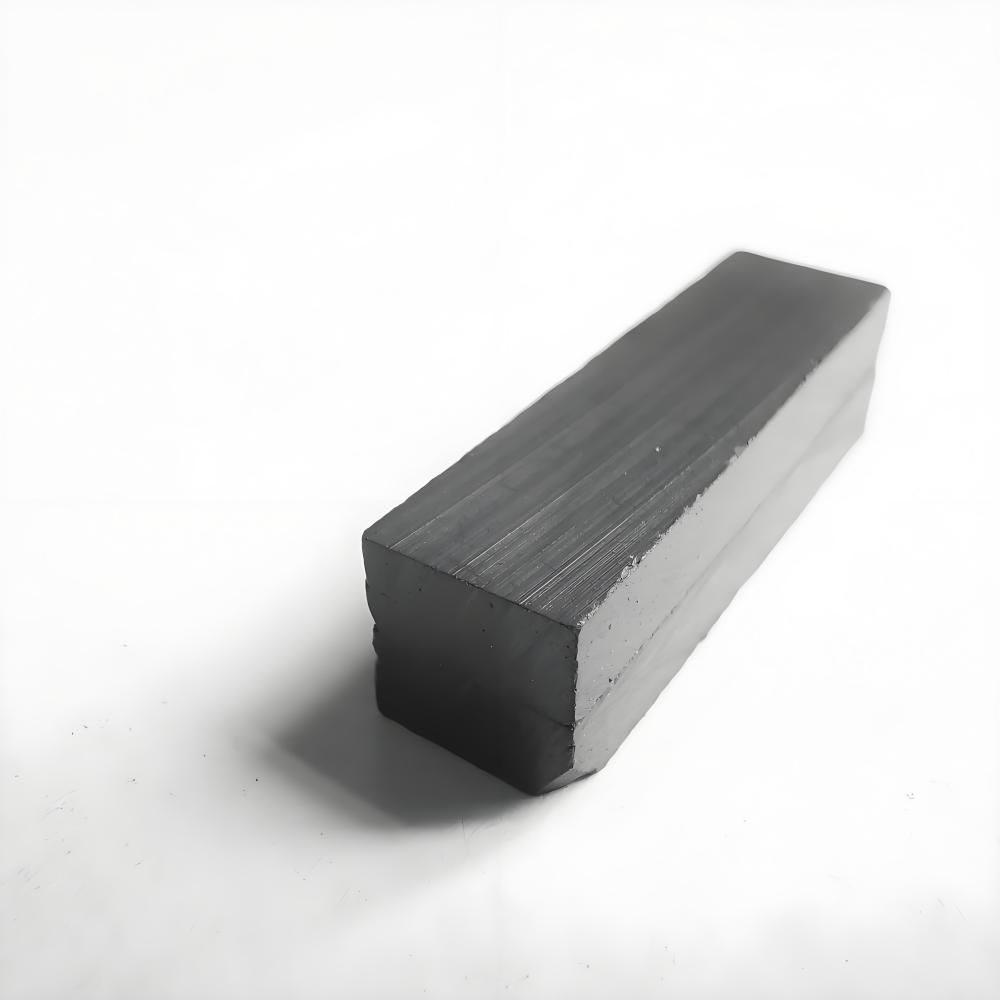
Welding cast iron is challenging due to several intrinsic material properties:
High Carbon Content
Cast iron’s high carbon content leads to the formation of brittle carbides in the weld zone. These carbides reduce ductility and make the weld prone to cracking, especially if heat is applied too rapidly.
Brittle Structure
Unlike steel, which can absorb stress through its ductility, cast iron is rigid and prone to fracture. Thermal expansion and contraction during welding introduce stresses that cast iron struggles to accommodate.
Variations in Cast Iron Types
Different types of cast iron respond differently to welding:
- Gray cast iron is easier to weld due to its graphite flakes that can absorb some stress.
- Ductile iron requires controlled welding techniques but can achieve strong results.
- White cast iron is extremely hard and brittle, making welding very difficult.
Heat Management
Excessive or uneven heat can alter the microstructure of cast iron, creating weak points or causing cracking. Preheating and controlled cooling are essential for successful repairs.
These challenges make welding cast iron more demanding than other metals, requiring specialized techniques and materials.
Common Welding Cast Iron Methods
Several welding methods are commonly employed to repair or join cast iron. Each method has its benefits and ideal applications.
Shielded Metal Arc Welding (SMAW)
SMAW, also known as stick welding, is one of the most widely used methods for cast iron repair. Nickel-based electrodes are preferred due to their ability to bond well and provide ductility. SMAW is suitable for repairing cracks or rebuilding worn parts in machinery.
Gas Tungsten Arc Welding (GTAW/TIG)
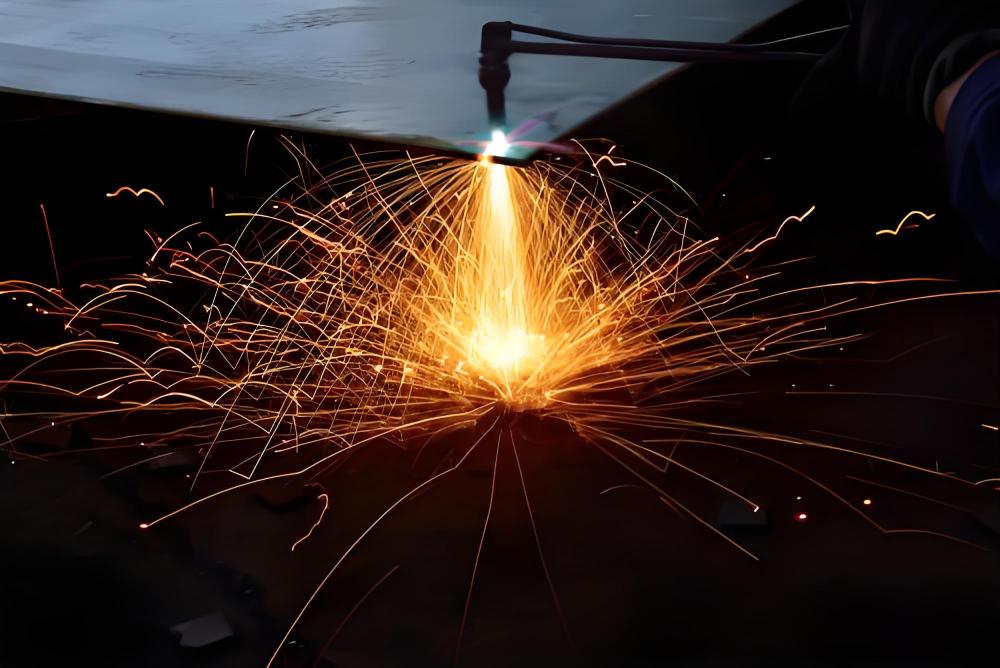
TIG welding offers precision and control, making it ideal for delicate cast iron repairs. While it requires skill and experience, TIG welding produces clean, high-quality welds for intricate components.
Oxy-Acetylene Welding
Oxy-acetylene welding uses a flame to simultaneously heat the filler rod and base metal. This method allows better control over heat input, reducing thermal stress and minimizing the risk of cracking. It is often used in restoration work for antique machinery or automotive parts.
Brazing
Brazing, technically not a fusion welding process, uses bronze or brass filler material. The base metal does not melt; instead, the filler bonds to the cast iron surface. Brazing reduces thermal stress, making it suitable for repairing cracks or filling worn areas.
Key Techniques for Welding Cast Iron
To achieve a successful cast iron weld, professionals rely on several key techniques:
- Preheating Metal
Preheating cast iron to temperatures between 260°C and 650°C (500°F–1200°F) helps reduce thermal shock. Preheating is especially important for large, thick, or brittle castings, ensuring even heat distribution throughout the part.
- Choosing the Right Filler Material
Nickel-based filler rods or electrodes are widely recommended. Nickel offers ductility, excellent bonding, and resistance to cracking. In some cases, steel fillers may be used for cost reasons, but they carry a higher risk of fracture.
- Controlling Heat Input
Applying low heat and using short welding passes prevents stress buildup. Many welders use the “skip welding” technique—placing welds in short sections at intervals—to allow the metal to cool slightly before continuing.
- Slow Cooling
Rapid cooling can cause residual stress and cracks. Insulating the weld area with sand, ashes, or blankets helps slow the cooling process, allowing the cast iron to contract gradually and evenly.
- Post-Weld Heat Treatment
After welding, post-weld heating may be applied to relieve residual stresses. This step improves weld strength, reduces brittleness, and enhances long-term durability.
When to Weld Cast Iron and When Not To
Not all cast iron components are suitable for welding. Critical parts such as engine blocks, pressure vessels, or structural supports should only be welded when necessary and by experienced professionals.
Alternative repair methods may be preferable in some situations, including mechanical fastening, epoxy repair, or part replacement. Selecting the most suitable repair method depends on the type of cast iron, component function, and desired structural integrity.
Why Choose Precionn for Your Cast Iron Welding Needs?
For businesses seeking expert welding and machining services, Precionn is a trusted partner. Specializing in the machining industry, Precionn delivers high-quality solutions for challenging materials like cast iron. Their skilled team uses advanced equipment and proven techniques to ensure precise, reliable welds that meet international standards. Whether you need repairs, custom fabrication, or expert advice, Precionn’s commitment to excellence makes them the ideal choice. Visit Precionn’s website to discover how they can support your next project.

